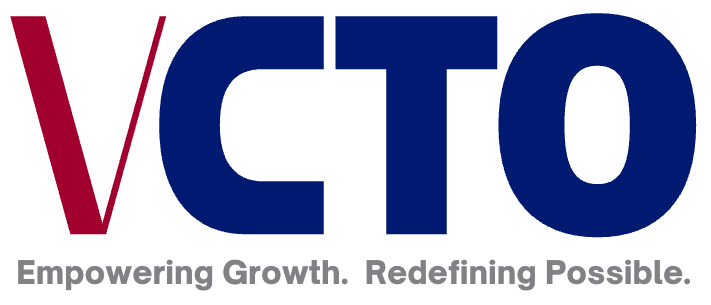
Scaling Smart, Part 4: Building a Trained, Accountable Team
In Part 1 of our Scaling Smart series, we identified five signs you’re ready to grow. In Part 2, we covered building processes that run without you. In Part 3, we explored creating reliable, repeatable revenue. Now, in Part 4, we’re focusing on your most critical growth asset: a trained, accountable team.
Even the best systems and stable revenue won’t get you far if you don’t have a team capable of executing at a high level. Scaling isn’t just about adding people—it’s about increasing capacity, agility, and consistency without losing quality.
Why a Strong Team Is Critical for Scaling
As your business grows, your role must shift from being the main operator to the chief enabler. Without a capable team, every operational question, customer issue, or minor decision will bottleneck with you.
A strong team:
Maintains quality standards without constant oversight.
Resolves operational and customer issues quickly.
Spots opportunities and risks before they escalate.
Consistently delivers on brand promises.
Adapts to new challenges without losing momentum.
When these capabilities are in place, you can confidently step back from daily firefighting and focus on strategy, partnerships, and innovation.
Building Accountability into the Culture
Accountability isn’t about micromanagement—it’s about ownership. Here’s how to embed it into your organization:
1. Define Roles with Precision
Document every role’s core responsibilities, decision-making boundaries, and success metrics. Ambiguity is the enemy of accountability.
2. Tie Performance to Measurable Outcomes
Every role should have KPIs that connect directly to business goals. Share performance dashboards so progress is visible to all.
3. Push Decision-Making Downward
Empower employees to make operational calls within their scope without waiting for approval. Provide guardrails, not handcuffs.
4. Keep Feedback Loops Active
Use structured weekly check-ins, monthly reviews, and quarterly planning to align expectations, address roadblocks, and celebrate wins.
5. Reward Ownership
Recognize and reward employees who take initiative and deliver results.
Training for Consistency and Growth
Training isn’t a one-off onboarding—it’s an ongoing strategic advantage.
Structured Onboarding: Equip new hires with cultural, procedural, and performance knowledge from day one.
Role-Specific Development: Offer both technical and soft skills training tailored to the role.
Cross-Training: Ensure redundancy for critical tasks to avoid disruptions when staff are absent.
Scenario-Based Practice: Use simulations, role-playing, and case studies to prepare staff for real-world situations.
Continuous Learning Culture: Provide resources and incentives for ongoing education.
Documented Best Practices: Keep SOPs current and accessible for consistent execution.
Risks of Ignoring Team Development
Growth Gridlock: Projects stall because only a few people have the skills or authority to move them forward.
Quality Drift: Standards erode without reinforcement.
High Turnover: Talented staff leave when they feel unsupported or stagnant.
Founder Dependency: You remain chained to the business for every decision.
Warning Signs:
Routine decisions still require your approval.
Only one person can perform critical functions.
Morale is low or turnover is rising.
Performance varies dramatically between team members in the same role.
Next in the Series: In Part 5, we’ll examine building systems and tools that can scale alongside your growth.



